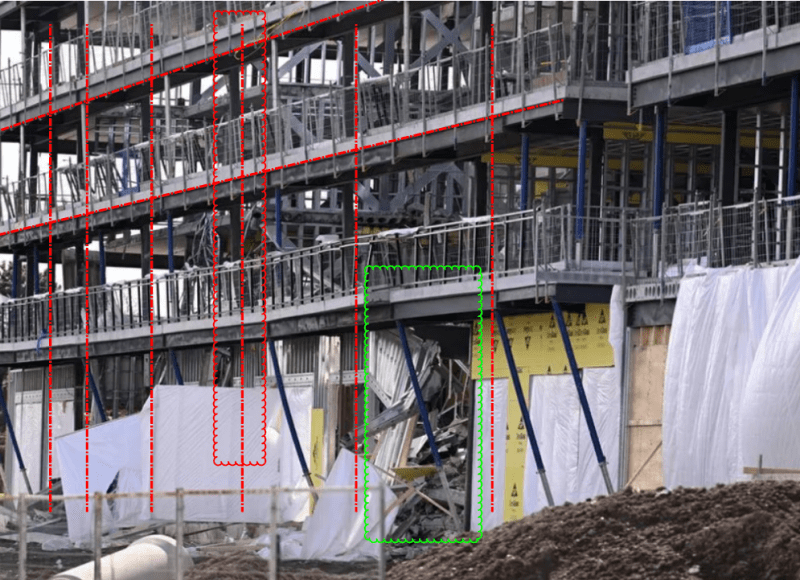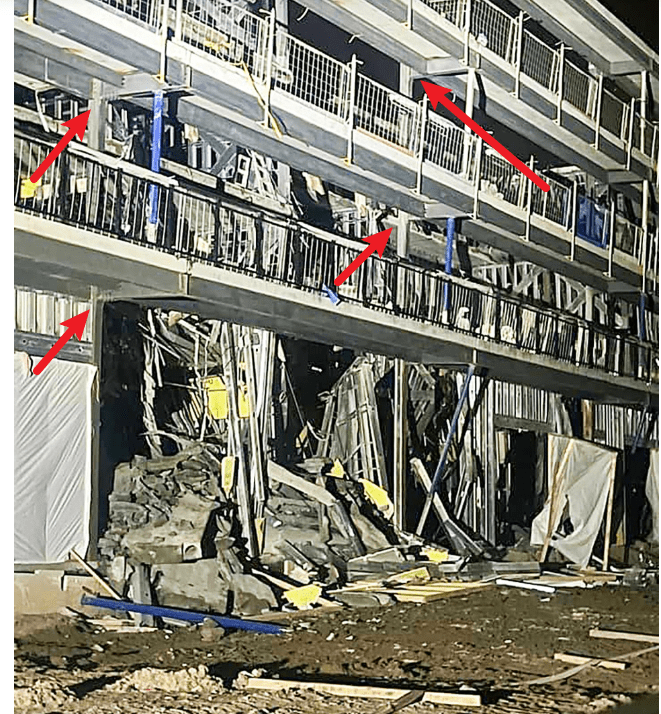dold
Structural
- Aug 19, 2015
- 621
[URL unfurl="true"]https://canada.constructconnect.com/dcn/news/projects/2023/02/welland-luxury-condo-project-partially-collapses[/url]
Youtube video with ring camera video of collapse
Youtube video with ring camera video of collapse
Building Official said:“At this time, the extent of the damage appears to be concentrated in the south position of the building involving the four floor slabs supported on the east exterior and interior load-bearing walls,” said Jack Tosta, chief building official. “The cause of the damage is unknown as the building is still under construction with work taking place as recently as last Friday afternoon.”


